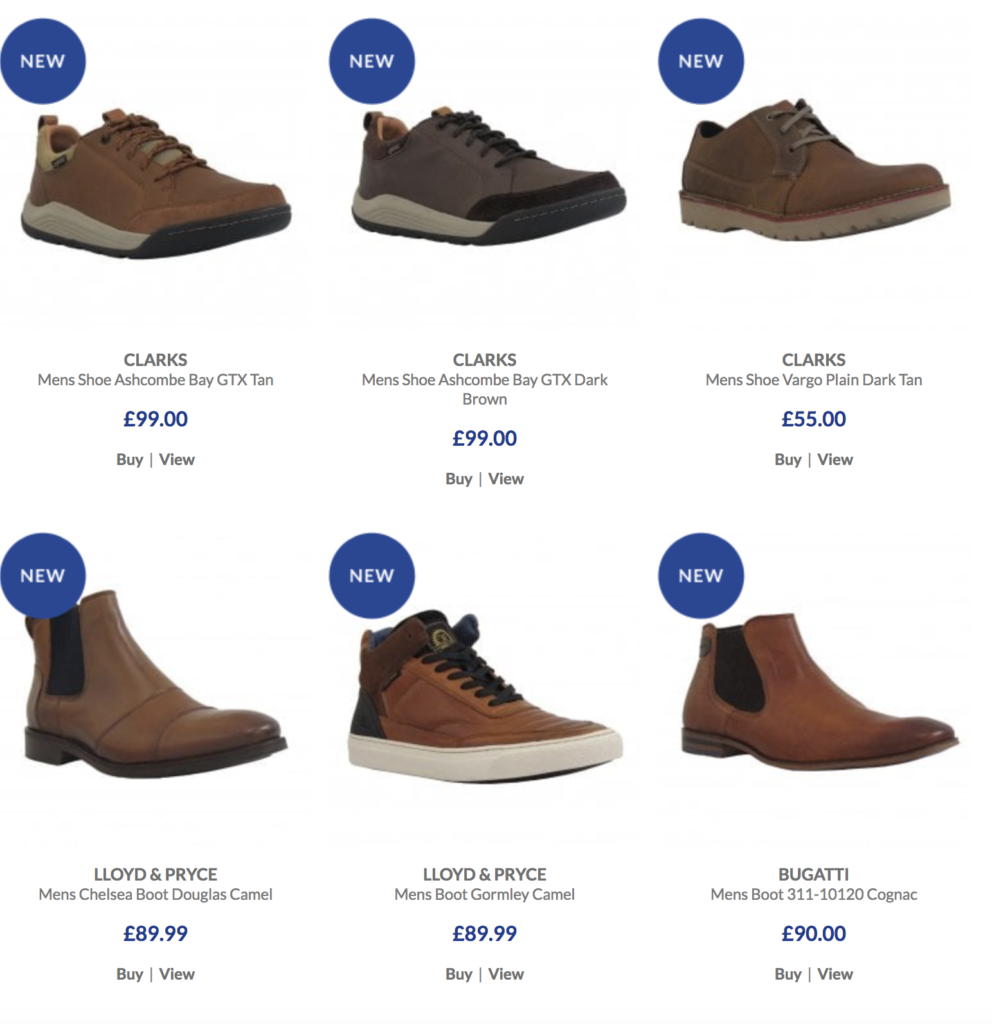We used to live in simpler times. The only brands most of us knew about were managed by big corporations. If you wanted to build a business, you wrote a comprehensive business plan that focused on the numbers: revenue, cash flow and profit. In most circumstances, that plan would include a substantial line item for traditional print and maybe radio and television advertisement. For most companies, a brand identity wasn’t on the radar.
If that sounds like a better world to you, you’re mistaken. The advantages available to us in the last decade are so much greater than anything that’s ever been possible, the two worlds can’t even be compared. Never before have you had the chance to build a brand like you can today, then leverage it to grow your business, increase your sales and enhance your credibility as well as your bottom line. Despite these tremendous opportunities for businesses however, some are oblivious to them and cling to a by-gone era where time-honoured business plans and approaches to promoting a business focused on advertising rather than engagement.
A personalised brand plan is needed
In an age where the competition for human and financial resource is global, and time-to-market is reducing with the connected world, businesses live and die by their ability to drive customer acquisition. But even if the product is made market-fit, traction is tough. Businesses are under extreme resource constraints and need to figure out how to break through the clutter, to let their target audience know that they have a solution for a critical problem. For today’s internet and social media driven world, a business misses the mark without a sophisticated and relevant brand identity and plan that specifically conveys what it represents and the value it brings to its customers.
Branding is ultimately about recognising that business is about people. Customers want to see the people and culture behind a brand and to trust in the authenticity of the business. Aligning people with the brand, and the brand with the people, thus improves an organisation’s brand realness.
Every business, however small, has a brand; it’s simply the way other people – customers, potential customers, suppliers and competitors see you. As Martin Neumeier says in his book ‘The Brand Gap’, ‘A brand is not what you say it is, it’s what they say it is’. Every single thing you or your staff do or say is a living embodiment of your brand; from the way you answer your phone to the quality of your products or service. So, it’s important to actively consider what impression you want to convey and then make sure it’s managed carefully.
“Today’s audience is obsessed with integrity, which is why businesses should concern themselves with reputation more than ever before”
Companies should identify why they do what they do and allow that to guide their core values and what makes them unique. With these things in place, your messaging and brand identity will become apparent.
A rebrand provides direction
Without a well-constructed brand, you will not be able to continuously grow your business and make it sustainable. It should also be reviewed regularly, to check it’s still relevant, and speaks to the company’s present as well as its future. Effectively, a brand can give your business direction, and should try to convey where it’s going as well as where it is. This is precisely why some of the biggest businesses in the world rebrand or tweak their identities as frequently as they do, from Coca Cola to McDonalds. Building and maintaining an effective brand identity takes years of hard work and perpetual tweaking but is necessary to help shape your company’s future – no matter the size of the business. It will keep your employees united around a central idea just as much as it keeps your business relevant in the eyes of current and future customers.
Further reading on branding
- The importance of design and branding in franchising
- How to find the right influencer for your e-commerce brand
- Ten tips for successful brand realignment in a multi-channel world
Some advice on branding
Companies should plan a brand review at least every five years, ideally working with a brand agency to support and navigate through the process while ensuring your objectives are aligned with your business growth strategy. A specialist partner will help uncover and validate the insight and perspective you need, both from inside and outside the business. This then should directly inform the opportunities for your brand, and define the requirements for your brand’s evolution. A brand evolution doesn’t necessarily mean a total redesign, but it may mean incorporating tonal shifts, like switching from “Let’s Eat Out” to “I’m Loving It”.
Case study
A good example of this is Casper Shipping, the UK’s leading independent port agency company, who after being established in 1872 have successfully grown to become the number one shipping agent in the North of England and Scotland. During some strategic growth planning they quickly identified that, in order to strengthen their position, they needed to refresh their longstanding brand. By undertaking our full BetterBrandBuilder™ process meant that Casper not only got a litmus test of their current brand perception, but they also gained extensive insights into what sets them apart.
Michael Shakesheff, managing director at Casper, talks about the investment in their brand, ‘Casper was beginning a new chapter of growth, service delivery and geographical coverage. We needed a new brand and corporate identity to reflect and support the current business and our future growth strategy. The impact of the brand project on our business has been incredible and we’ve established a new authentic and ownable brand story and identity for the group.
‘The process also meant our staff and customers all have buy-in as they feel that they have contributed. Our team now also understand our vision and mission for the business and what we are trying to achieve. We’ve ‘rebranded’ our way of thinking which in turn is having a major commercial impact on our business.’
Another business to rebrand its website and company logo is branded shoe retailer Donaghys Shoes, which secured a £100,000 investment in June 2018 in partnership with Danske Bank.

The family-owned business which has been in retail for over 55 years, operates from a 25,000 sq ft store in Banbridge, Northern Ireland, where it employs 75 staff and exports internationally to more than 50 countries.
Realising that the retail market was changing further with a market shift away from bricks and mortar retailing, the company decided that further investment was needed. The investment has allowed the company to push forward with its expanding online business, donaghys.co.uk with the creation of four additional jobs.
Peter McVeigh, director at Donaghy Shoes said, ‘With the closure of many high-street shoe shops in Great Britain, we saw an opportunity to grow our business through our online platform. We launched our online store in 2010 but it has really gained momentum in the past three years. Today, 90 per cent of our sales go to Great Britain.’
“Taking the time to regularly review and update your brand’s story and identity is an important part of running your business and will ensure you stay relevant and reflect the changing needs of your consumers”
That is why investing in your brand identity isn’t a simply a wise suggestion; it’s often a necessity. Have you checked on your own brand recently?
Zendesk talk through their rebranding exercise
Find out more: Better Brand Agency







